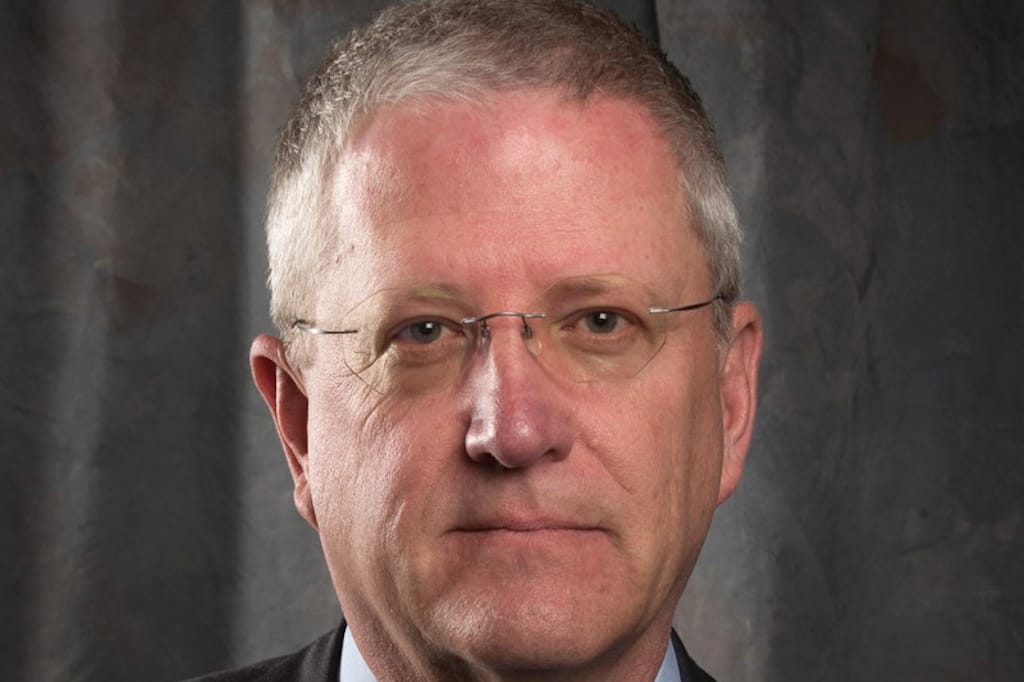Broadband ‘Funding is Sufficient to Achieve the Program’s Availability Goal,’ Says Cable Industry Study
Study says California and Texas will be the biggest BEAD winners, with grants of more than $3 billion each.

WASHINGTON, October 20, 2022 – ACA Connects and consulting firm Cartesian on Monday released a study that contains state-by-state recommendations for the optimization of forthcoming grants from the Broadband Equity, Access, and Deployment program.
“Our analysis indicates that funding is sufficient to achieve the program’s availability goal,” the study’s “National Overview” section reads. In addition, ACA Connects found that most states and territories will likely have sufficient funds to deploy fiber to all unserved and underserved locations below an “extremely high-cost threshold.”
The study’s authors calculated the number of unserved and underserved locations nationwide based on Form 477 data, adjusting for known error and locations that have received funds from other federal programs. They then calculated the amount of BEAD funding for each state and territory and estimated the public costs of serving in-need locations.
California and Texas will be the biggest BEAD winners, the study estimates, with a grant of more than $3 billion apiece. The entities receiving the smallest grants will be Rhode Island, the District of Columbia, and three U.S. territories, it says. The study’s average estimated BEAD allocation is $743 million.
The BEAD program was invested with $42.45 billion by the Infrastructure Investment and Jobs Act of 2021. The National Telecommunications and Information Administration will oversee the funds, which will be allotted to states and territories to fund broadband-deployment and other related projects.
“The BEAD program presents a tremendous opportunity to close the digital divide, but to seize that opportunity, States and Territories will need to become expert in understanding the ‘ins and outs’ of broadband deployments,” said Grant Spellmeyer, president and CEO of ACA Connects, upon the study’s release. “As we wait for the [Federal Communications Commission] to complete development of accurate, location-specific broadband maps, now is the time for States and territories to get up to speed. This study will help them get there.”
The first draft of the FCC’s national broadband map will likely be released in November, the Commission says.








